ELAR K.2
Developing and sustaining foundational language skills: listening, speaking, reading, writing, and thinking--beginning reading and writing. The student develops word structure knowledge through phonological awareness, print concepts, phonics, and morphology to communicate, decode, and spell. The student is expected to:
- (1) demonstrate phonological awareness by:
- (A) identifying and producing rhyming words;
- (i) recognizing spoken alliteration or groups of words that begin with the same spoken onset or initial sound;
- (ii) identifying the individual words in a spoken sentence;
- (iii) identifying syllables in spoken words;
- (iv) manipulating syllables within a multisyllabic word; and
- (v) blending syllables to form multisyllabic words;
- (vi) segmenting multisyllabic words into syllables;
- (vii) blending spoken onsets and rimes to form simple words;
- (viii) blending spoken phonemes to form one-syllable words;
- (ix) segmenting spoken one-syllable words into individual phonemes;
- (x) demonstrate and apply phonetic knowledge by:
- (B) identifying and matching the common sounds that letters
represent;
- (i) using letter-sound relationships to decode, including VC, CVC, CCVC, and CVCC words;
- (ii) recognizing that new words are created when letters are changed, added, or deleted such as it - pit - tip - tap; and
- (iii) identifying and reading at least 25 high-frequency words from a research-based list;
- (iv) demonstrate and apply spelling knowledge by:
- (C) spelling words with VC, CVC, and CCVC;
- (i) spelling words using sound-spelling patterns; and
- (ii) spelling high-frequency words from a research-based list;
- (iii) demonstrate print awareness by:
- (D) identifying the front cover, back cover, and title page
of a book;
- (i) holding a book right side up, turning pages correctly, and knowing that reading moves from top to bottom and left to right with return sweep;
- (ii) recognizing that sentences are comprised of words separated by spaces and recognizing word boundaries;
- (iii) recognizing the difference between a letter and a printed word; and
- (iv) identifying all uppercase and lowercase letters; and
- (v) develop handwriting by accurately forming all uppercase and lowercase letters using appropriate directionality.
- (A) identifying and producing rhyming words;
- Plus Plan
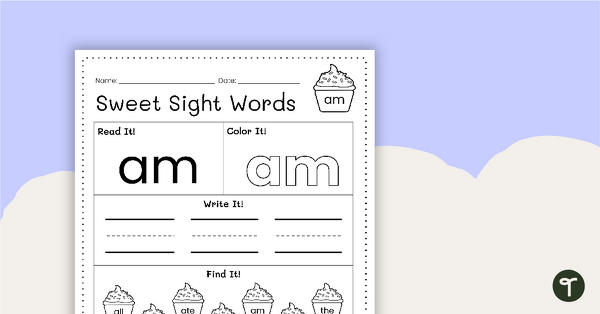
Sweet Sight Words Worksheet - AM
Practice reading, writing, and identifying the high-frequency word “am” from the Kindergarten-level Dolch sight words list.
- Plus Plan
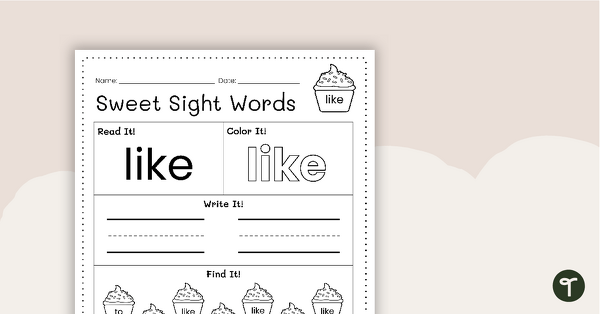
Sweet Sight Words Worksheet - LIKE
Practice reading, writing, and identifying the high-frequency word “like” from the Kindergarten-level Dolch sight words list.
- Plus Plan
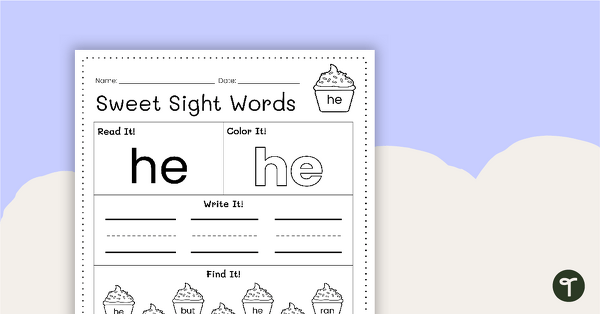
Sweet Sight Words Worksheet - HE
Practice reading, writing, and identifying the high-frequency word “he” from the Kindergarten-level Dolch sight words list.
- Plus Plan
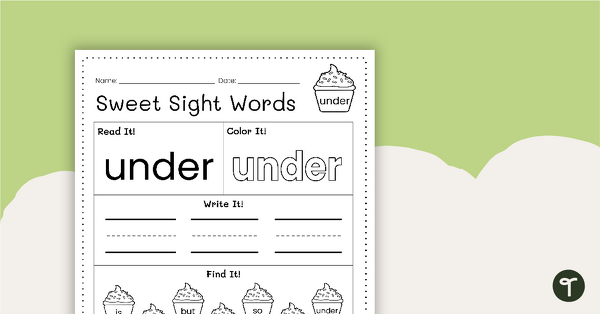
Sweet Sight Words Worksheet - UNDER
Practice reading, writing, and identifying the high-frequency word “under” from the Kindergarten-level Dolch sight words list.
- Plus Plan
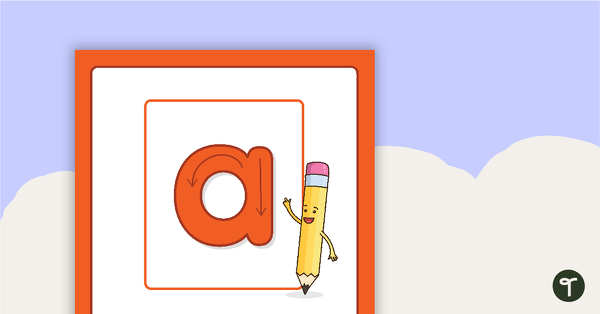
Alphabet Posters - Letter Formation with Instructions
A set of letter formation alphabet posters with simple instructions to display in the classroom.
- Plus Plan
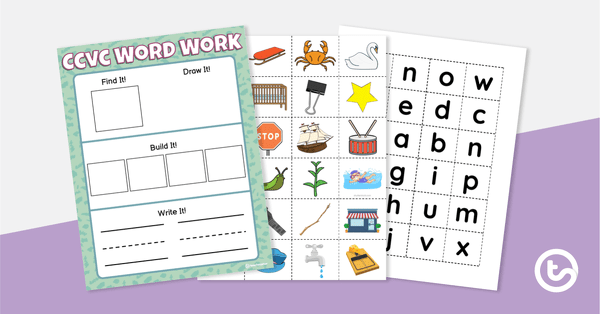
CCVC Word Work Mat
Practice decoding and spelling simple words with this set of 24 CCVC picture task cards.
- Plus Plan
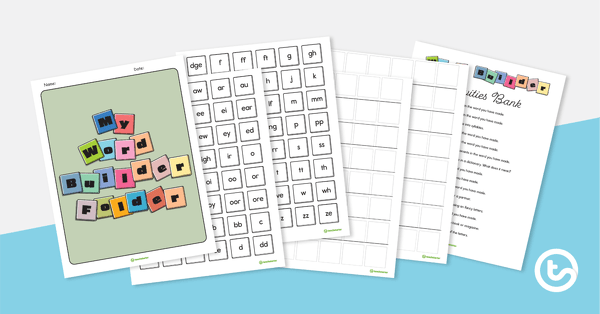
My Word Builder Folder
A word building folder to develop students’ phonemic awareness.
- Plus Plan
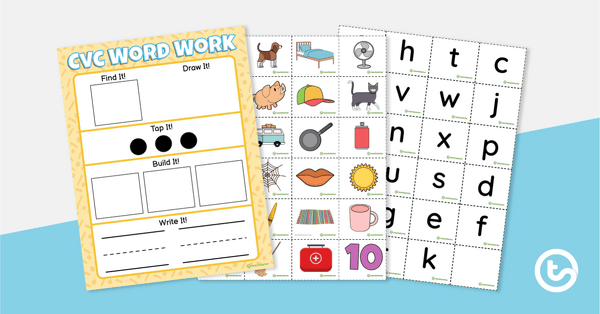
CVC Word Work Mat
Practice decoding and spelling simple words with this set of 24 CVC picture task cards.
- Plus Plan
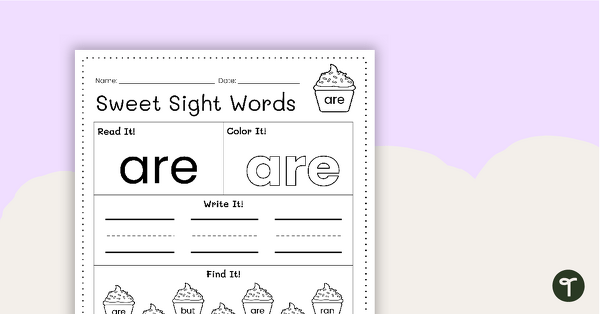
Sweet Sight Words Worksheet - ARE
Practice reading, writing, and identifying the high-frequency word “are” from the Kindergarten-level Dolch sight words list.
- Plus Plan
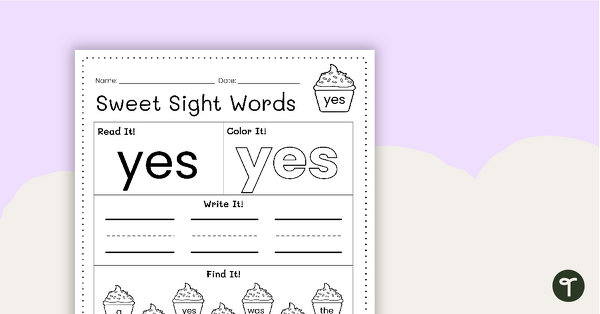
Sweet Sight Words Worksheet - YES
Practice reading, writing, and identifying the high-frequency word “yes” from the Kindergarten-level Dolch sight words list.
- Plus Plan
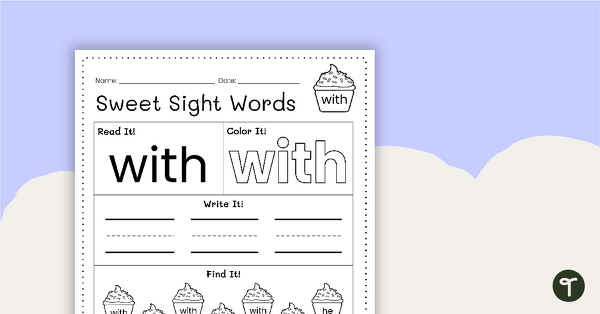
Sweet Sight Words Worksheet - WITH
Practice reading, writing, and identifying the high-frequency word “with” from the Kindergarten-level Dolch sight words list.
- Plus Plan
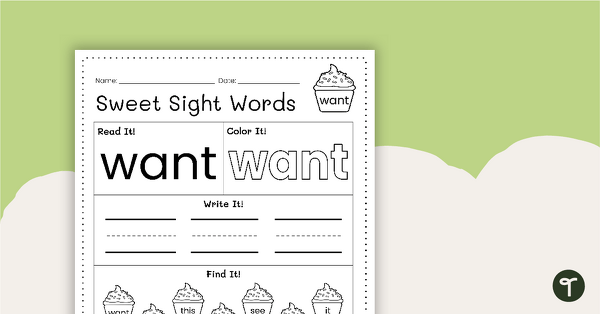
Sweet Sight Words Worksheet - WANT
Practice reading, writing, and identifying the high-frequency word “want” from the Kindergarten-level Dolch sight words list.
- Plus Plan
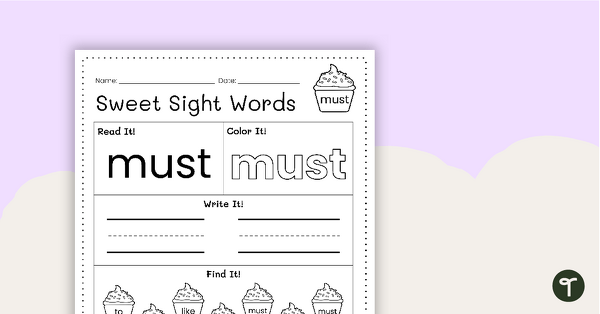
Sweet Sight Words Worksheet - MUST
Practice reading, writing, and identifying the high-frequency word “must” from the Kindergarten-level Dolch sight words list.
- Plus Plan
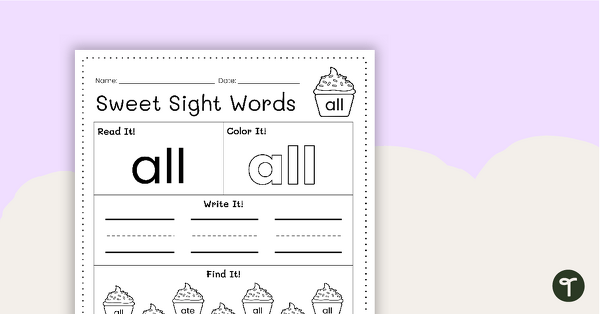
Sweet Sight Words Worksheet - ALL
Practice reading, writing, and identifying the high-frequency word “all” from the Kindergarten-level Dolch sight words list.
- Plus Plan
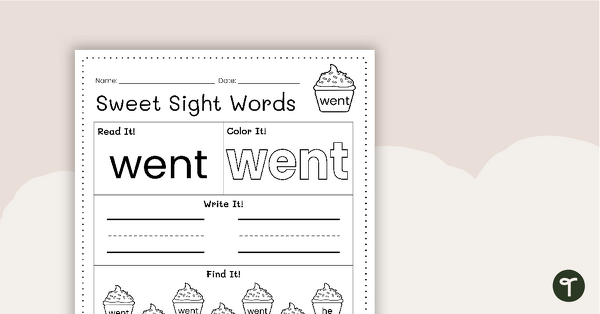
Sweet Sight Words Worksheet - WENT
Practice reading, writing, and identifying the high-frequency word “went” from the Kindergarten-level Dolch sight words list.
- Plus Plan
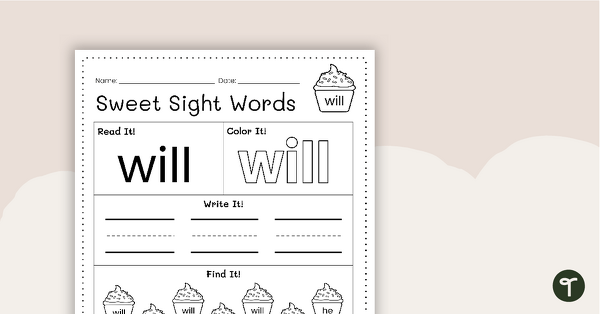
Sweet Sight Words Worksheet - WILL
Practice reading, writing, and identifying the high-frequency word “will” from the Kindergarten-level Dolch sight words list.
- Plus Plan

Sweet Sight Words Worksheet - WELL
Practice reading, writing, and identifying the high-frequency word “well” from the Kindergarten-level Dolch sight words list.
- Plus Plan
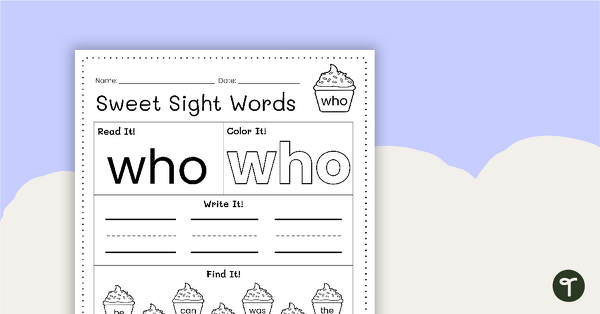
Sweet Sight Words Worksheet - WHO
Practice reading, writing, and identifying the high-frequency word “who” from the Kindergarten-level Dolch sight words list.
- Plus Plan
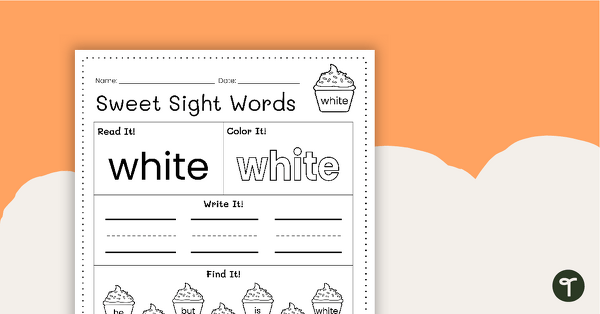
Sweet Sight Words Worksheet - WHITE
Practice reading, writing, and identifying the high-frequency word “white” from the Kindergarten-level Dolch sight words list.
- Plus Plan
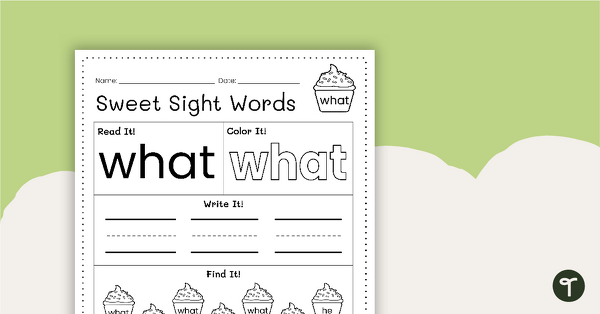
Sweet Sight Words Worksheet - What
Practice reading, writing, and identifying the high-frequency word “what” from the Kindergarten-level Dolch sight words list.
- Plus Plan
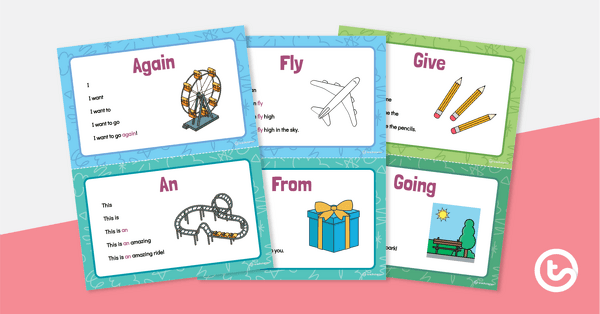
Pyramid Reading Cards - Dolch Grade 1 Sight Words
Practice and review the Dolch Grade 1 List of high-frequency words with 41 short phrase cards for emergent readers.
- Plus Plan
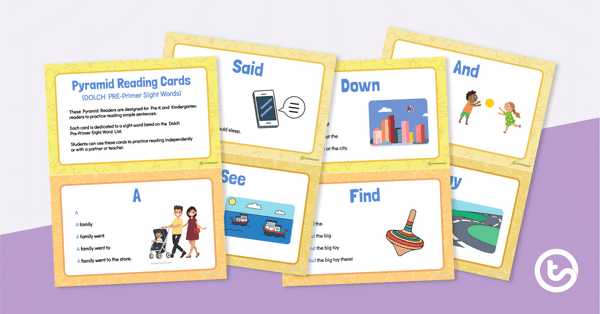
Pyramid Reading Cards - Dolch Pre-Primer Sight Words
Practice and review the Dolch Pre-Primer List of high-frequency words with 40 short phrase cards for emergent readers.
- Plus Plan
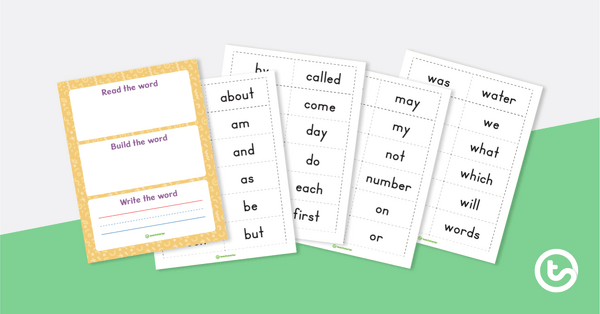
Sight Word Practice Mats - Fry Word List 1-100
Familiarize students with reading and writing the first 100 words on the Fry Sight Words Lists using this set of practice mats.
- Plus Plan
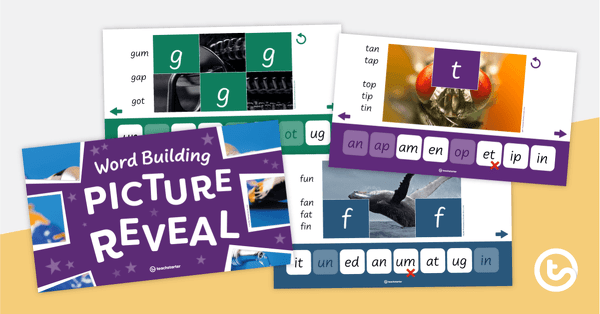
Word Building Picture Reveal PowerPoint
An interactive PowerPoint to practice decoding words using onset and rime.
- Plus Plan
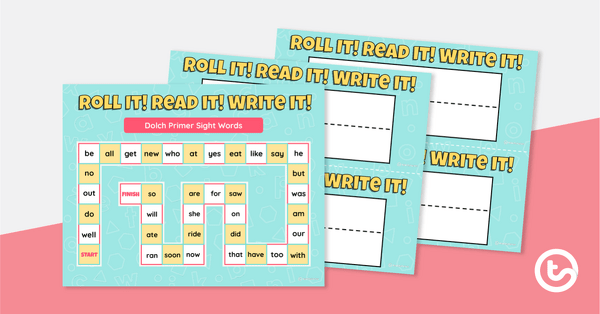
Roll It! Read It! Write It! - Dolch Primer Sight Words
Practice reading and writing high-frequency Dolch Primer sight words with this board game for up to 6 players.
- Plus Plan
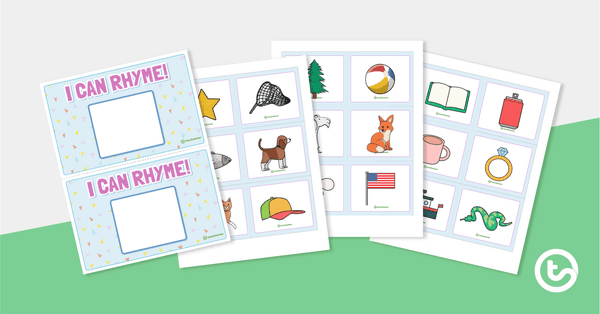
I Can Rhyme! Game
Practice producing rhyming words with a set of 36 rhyming word cards and game boards for up to 5 players.
- Plus Plan
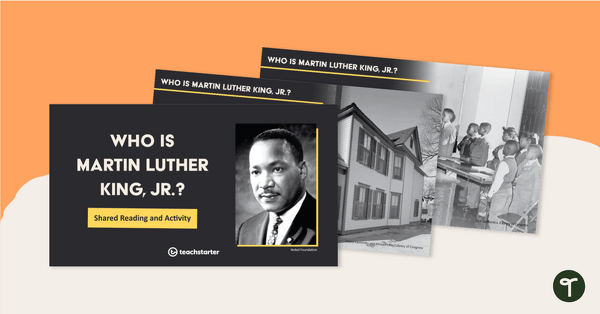
Who Is Martin Luther King, Jr? - Shared Reading and Activity
Use this 13-slide PowerPoint as a collaborative reading exercise about Martin Luther King, Jr.
- Plus Plan
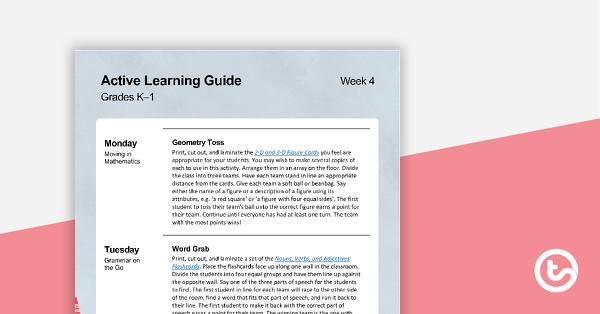
Active Learning Guide for Grades K-1 - Week 4
Use this weekly active learning guide to celebrate National Physical Fitness Month in your Kindergarten and Grade 1 classroom.
- Plus Plan
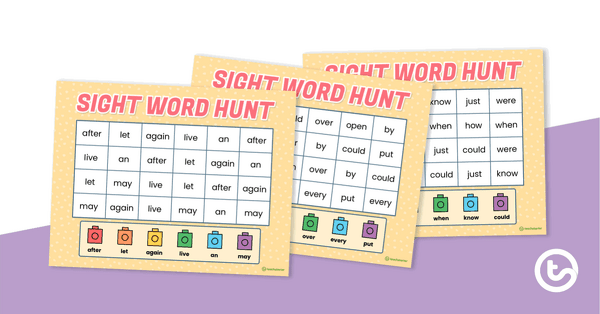
Sight Word Hunt - Dolch First Grade
Practice reading first grade high frequency words by sight with a set of 7 Dolch Sight Words game boards.
- Plus Plan
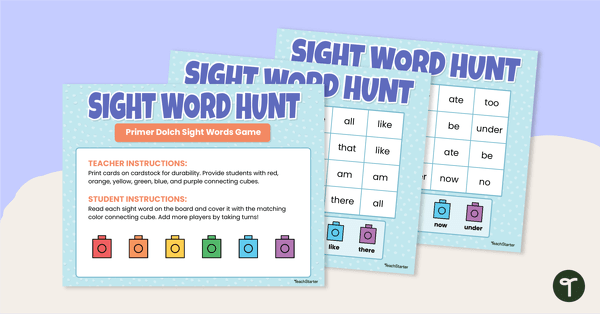
Sight Word Hunt - Dolch Primer
Practice reading high-frequency words by sight with a set of 8 Dolch Primer Sight Words game boards.
- Plus Plan
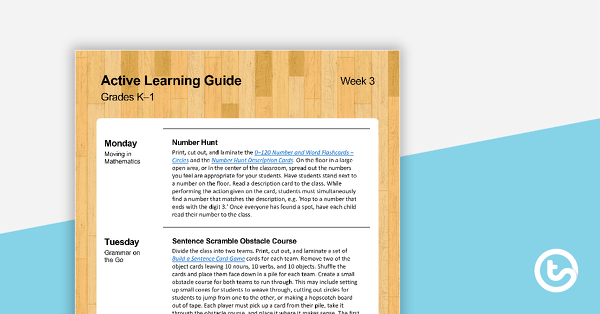
Active Learning Guide for Grades K-1 - Week 3
Use this weekly active learning guide to celebrate National Physical Fitness Month in your Kindergarten and Grade 1 classroom.
- Plus Plan
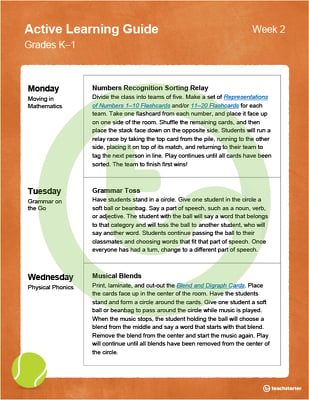
Active Learning Guide for Grades K-1 - Week 2
Use this weekly active learning guide to celebrate National Physical Fitness Month in your Kindergarten and Grade 1 classroom.